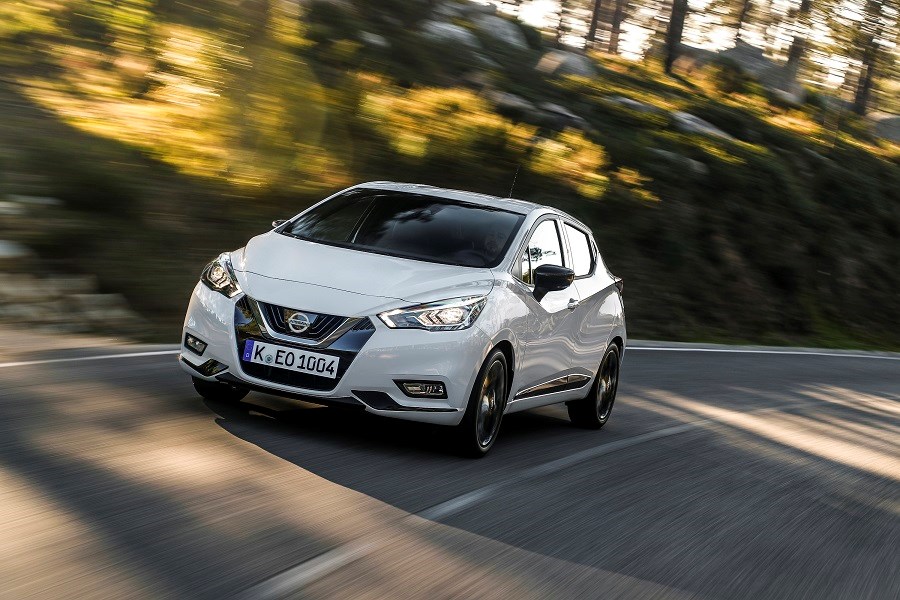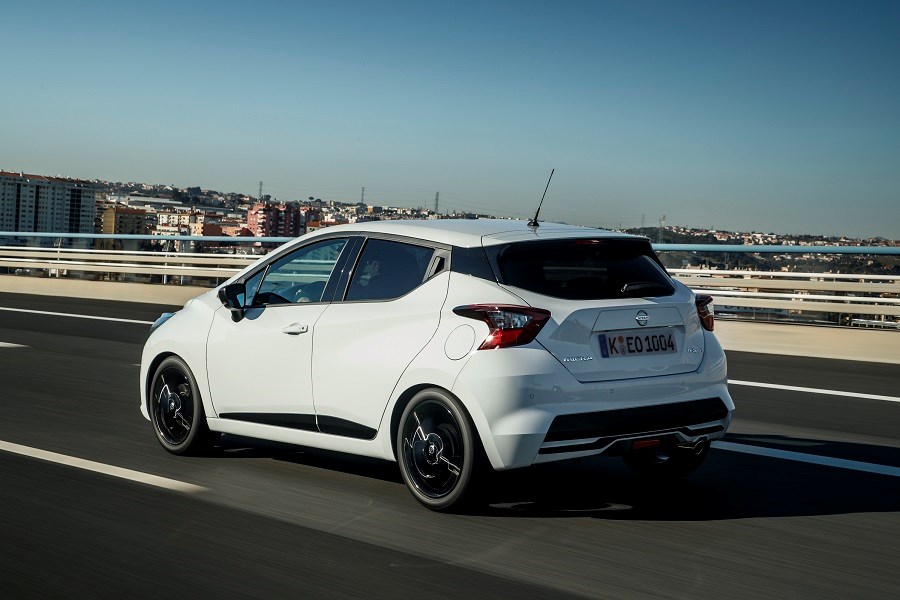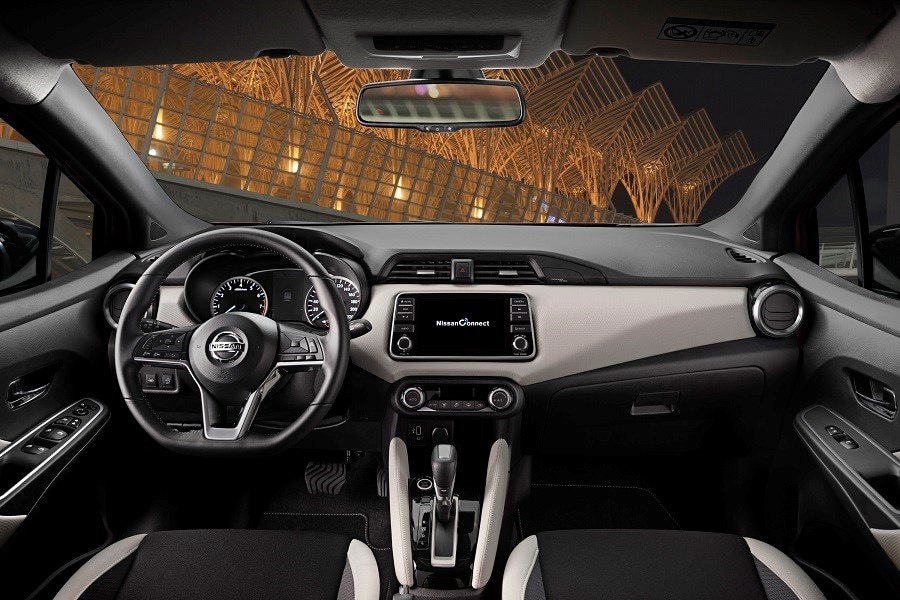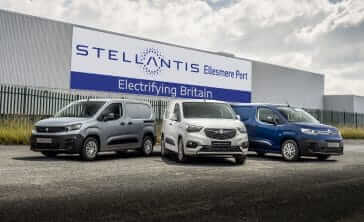Model Review
First introduced in 1983, the Mica has been a staple favourite with UK car buyers, although its appeal has somewhat dropped off recently. The original was charming and offered low running costs and a low kerbweight of just 675kg. The second-generation was another popular model, whilst also being the first Japanese car to scoop a Car of the Year award in Europe.
The third-generation model — introduced in 2002 —ushered in a curvier look, and was also offered as a folding hard-top convertible, which didn’t prove to be particularly popular.
The fourth-generation was a bit of a sales flop although the fifth-generation model, which went on sale in 2017, was a return to form.
Offering a far more stylish and sporty stance than the previous model, the Micra was longer, lower and wider, and was engineered specifically for Europe, which is one of the reasons why the previous modes fell wide of the mark. Nissan described the model as a “fresh approach” to the Micra.
The model was also offered with a fantastic list of standard safety equipment, as well as coming with a bold colour palette and customisation options.
Latest model
Despite being on sale for less than two years, Nissan updated its Micra in 2019, with a revised engine line-up and a new ‘N-Sport’ equipment grade.
Two new engines were introduced — a 99bhp version of the 1.0-litre petrol unit to replace the previous 89bhp unit, as well as a new ‘warm’ model, which came with a 115bhp turbocharged petrol engine. An Xtronic CVT automatic transmission was also a fresh addition to the Micra.
Nissan also introduced an N-Sport trim, which aims to rival models such as the Fiesta ST-Line and Seat Ibiza FR. While offering no performance improvements, it looks the part with gloss black and carbon-fibre-effect exterior detailing, along with rear privacy glass. The interior also benefits from Alcantara sports seats and white accents.
Value for money
Past Micras were cheaper than the opposition, although with the latest model improving on quality and style, it’s now roughly the same price as equivalent rivals. Entry-level Visia models are priced from £12,875 and come with plenty of safety kit as standard — including automatic emergency braking, lane-keep assist and high-beam assist. However, it misses out on alloy wheels, air-conditioning and a touchscreen, which many supermini buyers now expect. To get the benefit of these features, you have to spend £15,095, while range-topping models cost over £20,000, which is a lot for a Micra.
The Micra makes a fantastic used buy, with prices starting from just a few hundred pounds for older cars. It’s typically a very reliable car, and makes for a fantastic used car runabout and an ideal first car, too, thanks to low running costs.
As for the latest model, used examples start from £8,500, which makes the Micra an appealing proposition on the used market. You won’t have to fork out too much more money for a high-spec car, either. Nearly-new examples less than a year old typically start from £10,000, which is a good saving off the Micra’s original list price.
Looks and image
It’s no overstatement to say that the latest Micra is a revolution in design compared to the previous model, which looked dull — to say the least. By adopting the same ‘V-motion’ front grille as the Juke and Qashqai crossovers, the Micra has been given a stylish front end, which is complemented by distinctive LED daytime running lights. All models except Visia trim cars also come as standard with 16-inch alloy wheels, while the rear’s angular design is also a highlight. A range of bold colour choices and customisation options are another way Nissan is aiming on offering a more youthful Micra, too.
This style also continues to the cabin, with the Micra’s interior coming with the option of different colour combinations — some bolder than others. It gives the Japanese supermini an advantage over its rivals which typically have plainer and darker-coloured interiors. Entry-level Visia versions miss out on a touchscreen, although all models from Acenta upwards come with a seven-inch touchscreen featuring Apple CarPlay and Android Auto smartphone connectivity, as well as DAB radio. The updated 2019 car offers a much-improved system over the pre-revised model.
Nissan’s increased dynamic focus and weight saving has transformed the way the Micra drives compared to the last-generation model. It still can’t quite rival the class best, but it feels light and nimble and is enjoyable to drive, even if the engines are not particularly special. It offers well-weighted steering and limited body roll, too, while the chassis feels capable of handling a much more powerful engine than Nissan will throw at it. The only downside is that this sportiness has resulted in quite a firm suspension setup. It’s not uncomfortable, though, it just feels a bit unsettled.
Space and practicality
The Micra offers all the practicality that can be expected from a supermini. While it doesn’t rival the class best for passenger and luggage space, it’s still useably practical — particularly as adults can fit in the rear seats in reasonable comfort, although they might struggle behind a taller driver. Headroom isn’t helped by the car’s sloping roofline, either.
As for boot space, the Micra offers 300 litres of storage, which should prove ample for most, although the Volkswagen Polo, Seat Ibiza and new Renault Clio are the superminis to go for if boot space is a key priority. Elsewhere, the Micra’s cabin doesn’t offer the same number of storage spaces nor the flexibility that modern buyers might demand.
It is, however, a superbly safe car with Euro NCAP awarding the model a five-star rating. Few models in this class also come with as much standard safety kit as the Micra does, with automatic emergency braking, lane-keep assist, lane departure warning and high-beam assist being included as standard on the latest Micra.
Engines
The Micra is offered with a good range of petrol engines, and also with one diesel unit.
The entry-level petrol engine is a naturally-aspirated 70bhp petrol engine, which is paired to a five-speed manual gearbox. It feels sluggish and is difficult to recommend because of its achingly-slow 0-60mph time of 16.2 seconds.
The second engine is the commendable turbocharged 1.0-litre petrol engine, which is offered in three states of tune — 89bhp, 99bhp and the range-topping 115bhp unit. The two lower-powered units are paired to five-speed boxes, while the more powerful option comes with a six-speed manual transmission. The quickest engine manages the 0-60mph sprint in 9.7 seconds. A CVT automatic gearbox — known as ‘Xtronic’ — is also on the way.
The diesel option is an 89bhp 1.5-litre engine, which delivers a good mix of fuel economy and efficiency, along with a claimed 0-60mph time of 11.7 seconds.
Running costs
Regardless of whether you opt for a petrol or diesel engine, the Micra will prove to be a cheap car to run. The slowest engine — the 70bhp 1.0-litre petrol engine — is actually the thirstiest, with a claimed fuel economy of 46.3mpg and CO2 emissions of 121g/km. The cleanest petrol engine in the line-up is the 99bhp turbocharged option, which manages a fuel economy figure of 50.4mpg and CO2 emissions of 103g/km.
The diesel engine, despite not having the lowest CO2 emissions, will still be the best option for drivers with a high annual mileage, as it can manage a claimed 52.3mpg, and has CO2 emissions of 107g/km.
Other petrol and diesel superminis are cleaner than the Micra, though, but it should prove to be an excellent first car, as the 70bhp petrol engine sits in insurance group 1, which is the lowest available. At the top of the range, N-Sport versions sit in group 11.
Things to look out for
Nissan has an excellent reliability record, and the Micra has often been at the forefront of that while being well-known for being a dependable and trouble-free choice. The latest model looks to be no different, with no major issues reported on the new car, while all new-shape models will be covered under manufacturer warranty until 2020.
Rivals
The supermini class is a hugely competitive sector, and the Micra has no shortage of hugely competent rivals. The Ford Fiesta, Volkswagen Polo and Seat Ibiza are the frontrunners in this segment, although other credible superminis include the Hyundai i20, Mazda2, Peugeot 208, Renault Clio, Skoda Fabia, Vauxhall Corsa.
Depreciation
The latest Micra is far more appealing than the last car, so values are remaining steady, although with up to £3,000 available off nearly-new models, they seem excellent value with those discounts.





